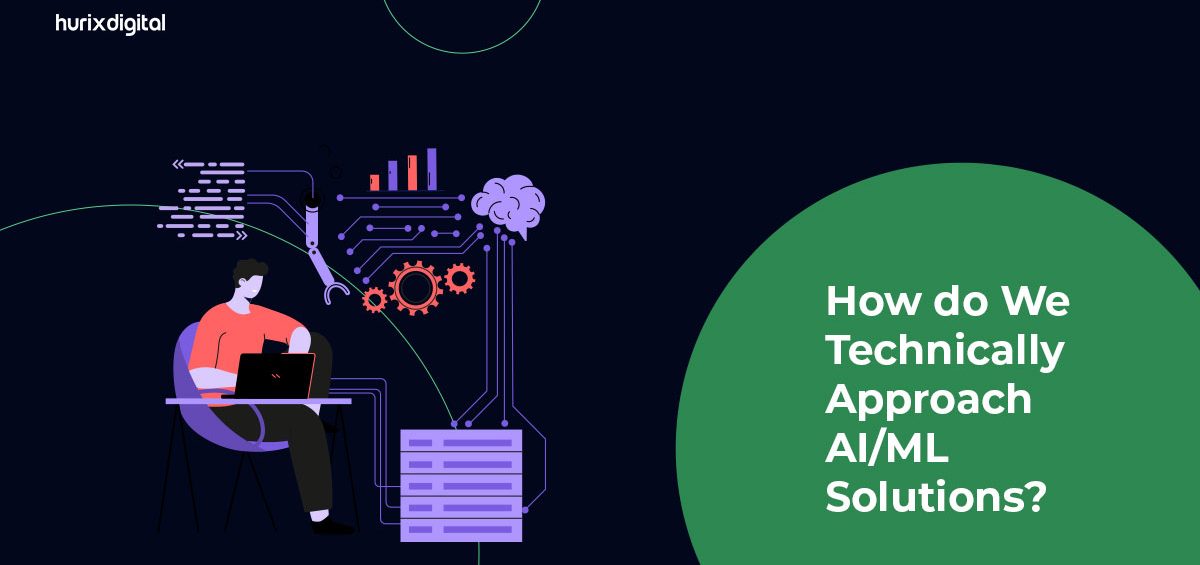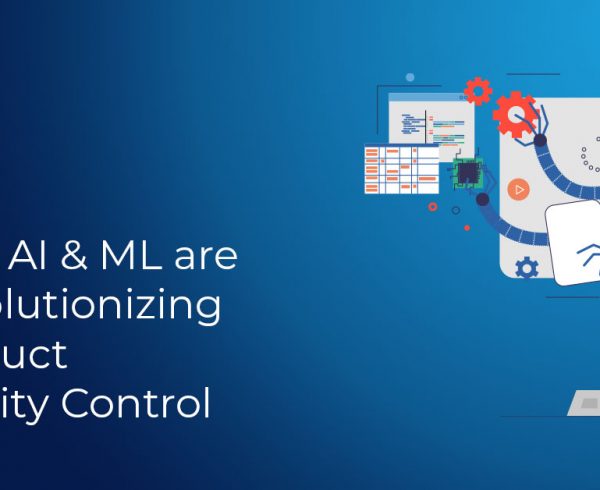Artificial intelligence (AI) and machine learning (ML) are rapidly transforming the way businesses operate. By automating tasks, improving decision-making, and generating new insights, AI/ML can help businesses to save time, money, and resources.
However, to realize the full potential of AI/ML on their journey to digital transformation, businesses need to approach them in a technically sound way. This means having a good understanding of the different types of AI/ML algorithms, the data that is required to train them, and the challenges that can arise when deploying them in production.
Also Read: The Role of Artificial Intelligence (AI) in Custom Application Development
Table of Contents:
- Key Technical Considerations When Approaching AI/ML Solutions
1. Understanding the Business Problem
2. Data Preparation
3. Model Selection
4. Model Training
5. Model Evaluation
6. Deployment
7. Monitoring & Maintenance
8. Iteration - Conclusion
Here are some of the key technical considerations that businesses need to take into account when approaching AI/ML solutions:
-
Understanding the Business Problem
The first step in providing AI/ML solutions is to understand the business problem that needs to be solved. A technology consultant needs to work closely with the business stakeholders to understand the problem, the data available, and the expected outcomes.
-
Data Preparation
Once the problem is understood, the next step is to prepare the data. This involves collecting, cleaning, and structuring the data in a way that can be used to train an AI/ML model.
-
Model Selection
Based on the problem, the technology consultant must select the appropriate AI/ML model. There are many different models available, each with its strengths and weaknesses. The consultant will choose the best model for the problem, taking into account factors such as accuracy, speed, and interpretability.
-
Model Training
After the model has been selected, it needs to be trained using the prepared data. This involves using algorithms to optimize the model’s parameters to minimize the error between the predicted output and the actual output.
-
Model Evaluation
Once the model has been trained, it needs to be evaluated to ensure it performs as expected. This involves testing the model on a separate set of data that it has not seen before.
-
Deployment
Once the model has been trained and evaluated, it needs to be deployed. This involves integrating the model into the business’s existing systems and processes.
-
Monitoring and Maintenance
Once the model is in production, it needs to be monitored and maintained to ensure that it continues to perform as expected. This involves monitoring the model’s output and making updates as necessary.
-
Iteration
Finally, providing AI/ML solutions is an iterative process. The technology consultant will work closely with the business stakeholders to gather feedback and make updates to the model as necessary to improve its performance over time.
Also Read: Top 7 Emerging Trends in Educational Technology In 2023
Conclusion
In summary, providing AI/ML solutions requires a thorough understanding of the business problem, careful selection and training of the appropriate model, and ongoing monitoring and maintenance to ensure that the model continues to perform as expected. By following a systematic and technical approach, organizations can effectively harness the power of AI implementation strategy and machine learning solutions to drive innovation, solve complex problems, and unlock new opportunities.
With years of experience in AI implementation, Hurix can enhance your business strategy. It does this by upgrading existing applications to the next level by incorporating AI models to improve productivity through automation, reduce cost by reducing operational errors and significantly retain your customers by having AI-based predictive analysis.
Our AI technology consultants work closely with the business stakeholders throughout the process to ensure that the solution meets their needs and expectations.







